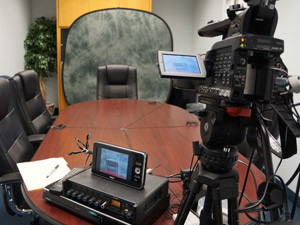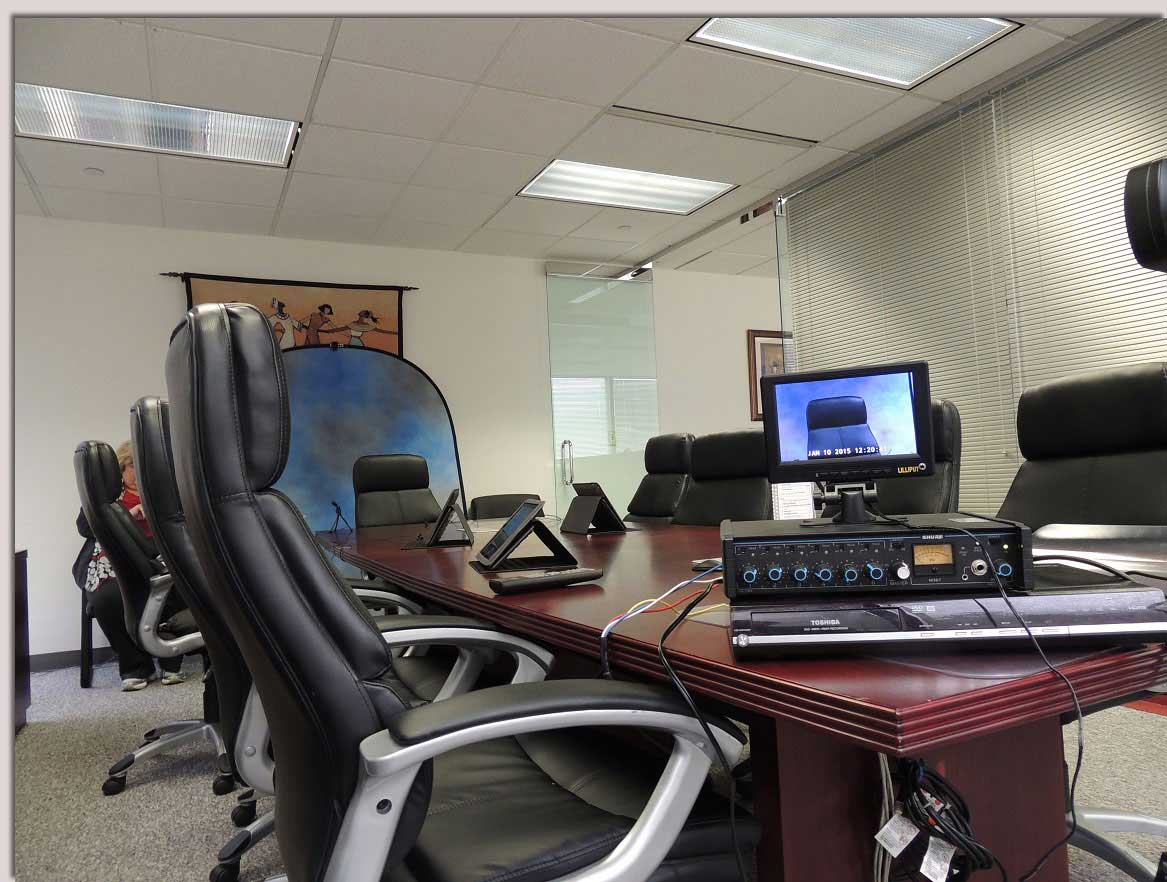The Role of Legal Videography in Depositions and Tests
Lawful videography has arised as an important device in both depositions and tests, offering a complex method to recording witness testaments. By capturing not just the spoken word yet also the subtleties of non-verbal communication, this medium improves the trustworthiness of statements and protects essential proof for future proceedings (legal videography). As lawful specialists progressively recognize its value, it motivates a deeper evaluation of just how these visual records can affect juror perceptions and trial outcomes. What ramifications might these advancements hold for the future of legal method?

Importance of Lawful Videography
Lawful videography plays a crucial function in the documentation and discussion of depositions and trials. This specific area combines technological abilities with legal knowledge to produce a trustworthy record of proceedings that can substantially affect case results. The appearance of legal videography boosts the understanding of witness testimony, allowing jurors and judges to observe not only the spoken words but also the attitude, feelings, and body language of the witnesses.
Furthermore, lawful videography gives an objective account of events, minimizing the possibility for misconception that can occur with composed records alone. This visual documentation offers as an important tool during test presentations, facilitating a clearer and more influential narrative for both complainants and defendants. Moreover, the capacity to replay video clip sections during court process makes it possible for legal teams to highlight bottom lines, enhancing their disagreements successfully.
The value of legal videography expands past the courtroom; it likewise plays an essential duty in maintaining evidence for future reference, whether for charms or more lawsuit. Its assimilation into the legal process is vital for making certain a reasonable and precise representation of the realities, inevitably adding to the pursuit of justice.

Process of Legal Videography
While catching the nuances of depositions and tests, the process of lawful videography entails several vital actions that make certain top quality, precise recordings. At first, a professional lawful videographer prepares by evaluating the situation materials and recognizing the details requirements of the deposition or test. This prep work consists of familiarizing themselves with the individuals and the context, which assists in catching significant details.
On the day of the recording, the videographer establishes the required tools, which commonly includes high-def cameras, microphones, and proper lighting. Ensuring ideal angles and audio high quality is essential, as it directly affects the effectiveness of the recording. The videographer communicates with attorneys and participants to establish methods, ensuring that everyone understands the recording process.
During the deposition or trial, the videographer thoroughly tapes the proceedings, paying attention to both spoken and non-verbal hints. This includes capturing the behavior and responses of witnesses and lawyers. After the session ends, the videographer may modify the video for clarity and compliance with legal standards, producing an end product that accurately reflects the proceedings for future reference and use in lawful contexts.
Benefits in Depositions
The unification of videography in depositions uses various benefits that boost the general procedure of gathering evidence. One key benefit is the capability to record witness testaments with visual and acoustic integrity, giving a more exact representation of the witness's attitude, tone, and body movement. This multidimensional strategy permits lawyers and courts to analyze reliability more effectively than standard written transcripts alone.
In addition, videographed depositions work as an effective device for preserving testimony. Needs to a witness come to be unavailable for test, their tape-recorded deposition can be played in court, guaranteeing that their evidence continues to be easily accessible and relevant. This element significantly decreases the threat of losing important information that might influence situation end results.

Last but not least, videography improves the total professionalism and trust of the deposition process, instilling self-confidence in clients relating to the thoroughness of their legal depiction (legal videography). By leveraging innovation, attorneys can dramatically improve the efficiency of depositions
Effect on Trials
In numerous trials, the integration of videography can substantially influence the presentation of evidence and the court's assumption. Lawful videography captures witness testimonies and vital evidence in a dynamic format, permitting jurors to involve with the product on multiple levels. This visual component improves the storytelling facet of a trial, offering context and emotional resonance that standard text-based evidence might do not have.
Additionally, their explanation video recordings can act as effective tools for impeachment during cross-examination. When inconsistencies develop in between a witness's previous statements and their court room testimony, video clip evidence gives an objective referral that can sway jurors' opinions. This immediacy and clearness can reinforce the credibility of a party's narrative while all at once weakening opposing debates.

Future Trends in Legal Videography
As we look toward the future of lawful videography, several arising fads promise to improve its duty within the courtroom. One significant trend is the assimilation of artificial intelligence (AI) in video clip analysis and modifying. AI can simplify the procedure of identifying key minutes in recorded depositions, allowing attorneys to swiftly access relevant web content, thus improving effectiveness in situation prep work.
In addition, the surge of virtual reality (VIRTUAL REALITY) and boosted fact (AR) modern technologies is anticipated to transform exactly how jurors experience proof. legal videography. By submersing jurors in a substitute atmosphere, these innovations can over here offer a much more extensive understanding of complicated situations, resulting in more educated deliberations
In addition, the enhancing demand for remote depositions, sped up by the COVID-19 pandemic, will likely proceed. Legal videographers will need to adapt to brand-new software program and systems to ensure high-grade recordings in online settings.
Last but not least, the expanding emphasis on data safety and security will certainly necessitate stricter methods for storing and sharing video clip evidence. As the lawful landscape evolves, legal videographers must stay abreast of these patterns to maintain their importance and performance in the judicial procedure.
Conclusion
In summary, legal videography serves a crucial feature in the judicial procedure, boosting the integrity of depositions and tests. As technology continues to evolve, legal videography is positioned to additional change its duty within the lawful landscape.